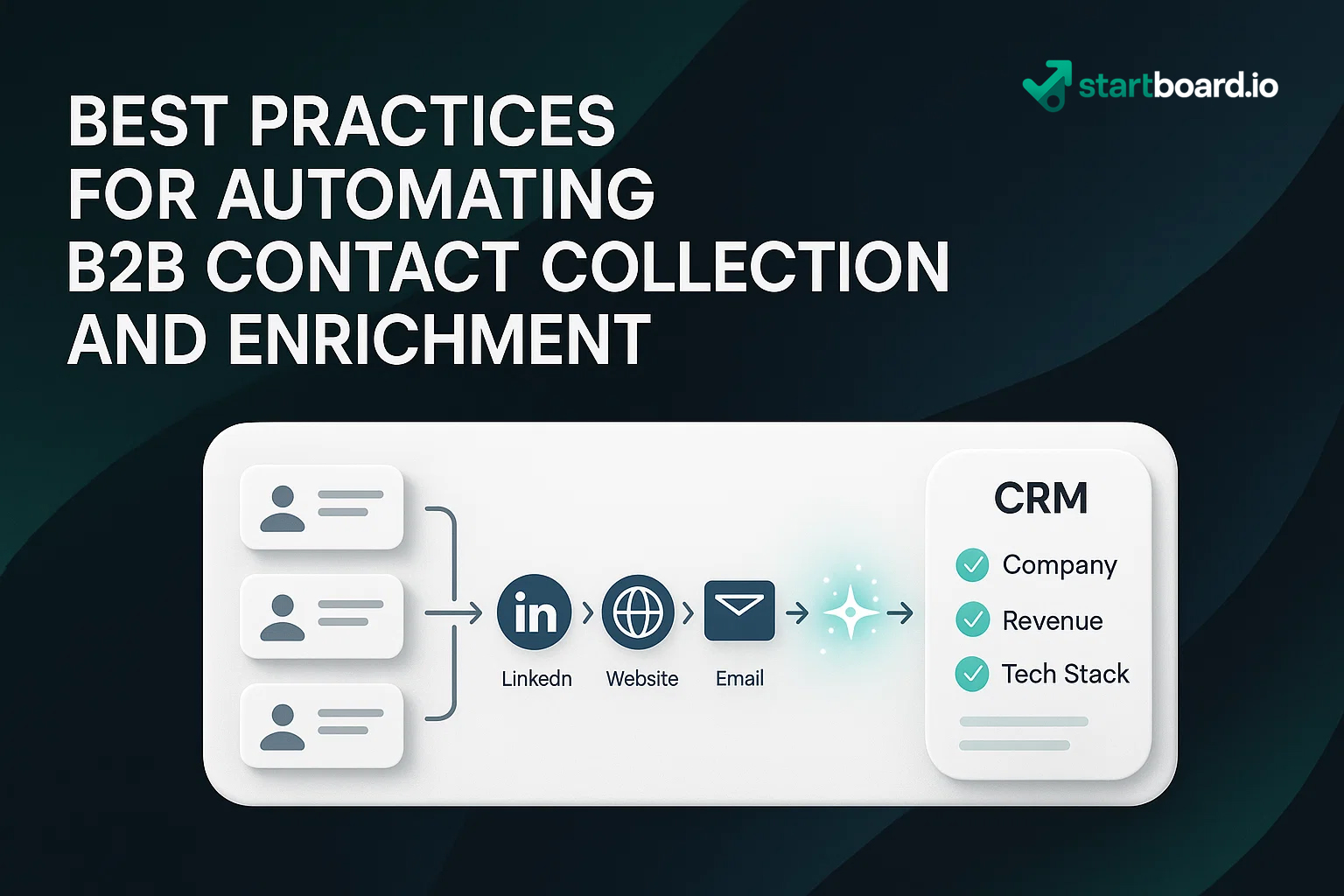Managing and growing a B2B contact list shouldn’t be a manual grind. In today’s competitive market, the companies that win are those who automate both the collection and enrichment of their leads—turning raw contact data into actionable business intelligence. Imagine never again wasting time copying emails from LinkedIn or piecing together company profiles by hand.
With the right automation and enrichment strategies, you can keep your CRM filled with fresh, accurate, and detailed B2B contacts—without the busywork or data chaos. The result? Smarter prospecting, faster sales cycles, and higher-quality conversations at every step.
In this guide, you’ll discover the best practices for automating B2B contact collection, connecting powerful enrichment tools, and building a lead database that works as hard as you do. Whether you’re a sales pro, marketer, or founder, these tactics will help you drive growth—on autopilot.
Why Automate B2B Contact Collection?
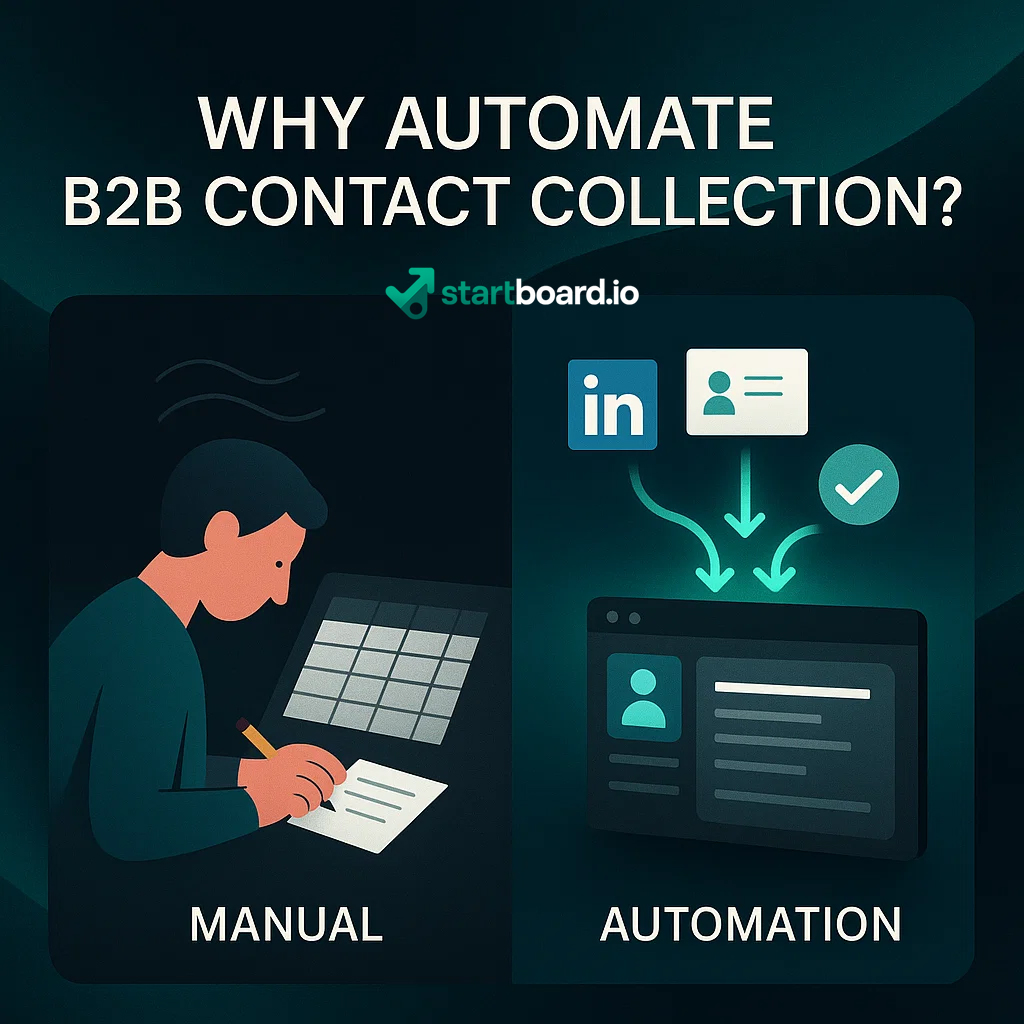
Manually building a B2B contact list is a recipe for lost hours, data entry errors, and missed revenue. Copy-pasting from LinkedIn, tracking leads in scattered spreadsheets, and chasing incomplete profiles not only slows you down—it means opportunities slip through the cracks.
Automation changes the game. With modern contact scraping tools, your team can automatically pull accurate, up-to-date contact information from multiple sources and feed it straight into your CRM (CRM integration). No more repetitive admin, no more outdated lists.
Even better, lead capture automation ensures every form fill, event registration, or website inquiry is instantly added to your pipeline. As a result, your sales team gets complete, real-time visibility and can accelerate outreach at scale (pipeline acceleration).
The bottom line: automation unlocks more leads, higher-quality data, and a much faster path from first contact to closed deal.
Building Your Automated Collection System
Successful B2B automation starts with choosing the right data sources. To maximize lead quality and coverage, connect your system to a variety of proven channels:
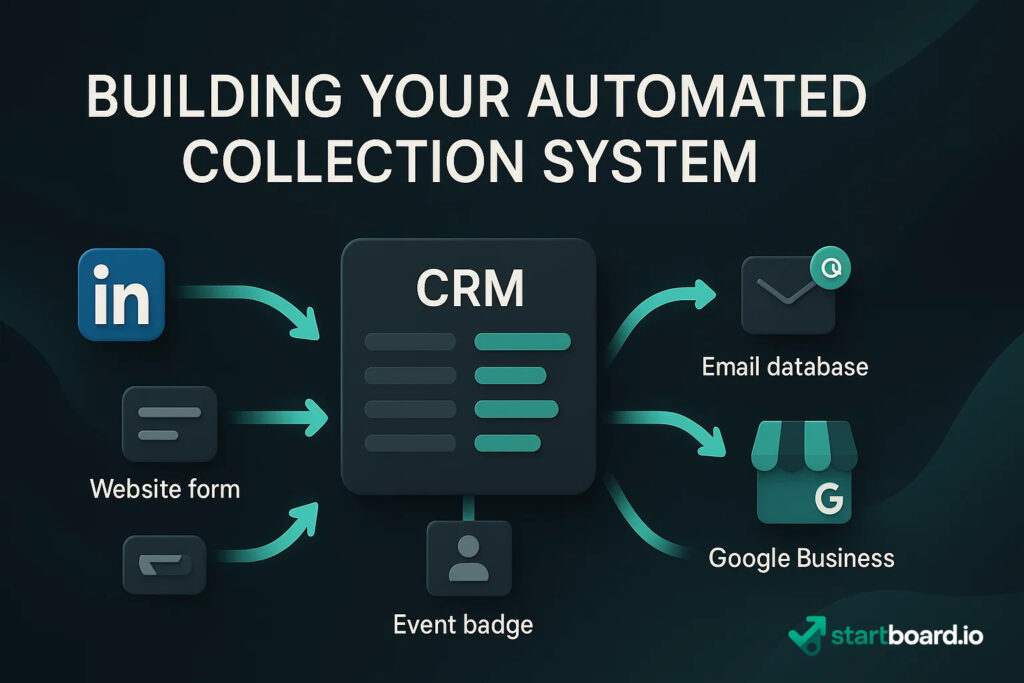
- LinkedIn: Automate the extraction of profiles and company info from the world’s largest professional network.
- Website forms: Instantly capture every inquiry, demo request, or newsletter signup—no manual data entry required.
- Events: Integrate with event registration tools to import attendee lists and networking contacts in real time.
- Third-party databases: Leverage tools like Hunter.io, Clearbit, or industry directories for verified, enriched contact details.
- Email bases: Sync and enrich inbound leads from targeted email campaigns or partners.
- Google business listings: Automatically pull details from Google Maps and company “Google My Business” pages for location-based B2B targeting.
By automating these sources and connecting them directly to your CRM or lead management platform, you’ll build a richer, cleaner contact database—fueling smarter prospecting and faster growth.
Enriching Your Contacts Automatically
Data enrichment is the process of supplementing your raw contacts with valuable business insights—transforming basic names and emails into actionable sales intelligence. Automated enrichment pulls in firmographics (like company size, industry, revenue), technographics (such as tech stack or software in use), and other details that help you understand and segment your B2B audience.
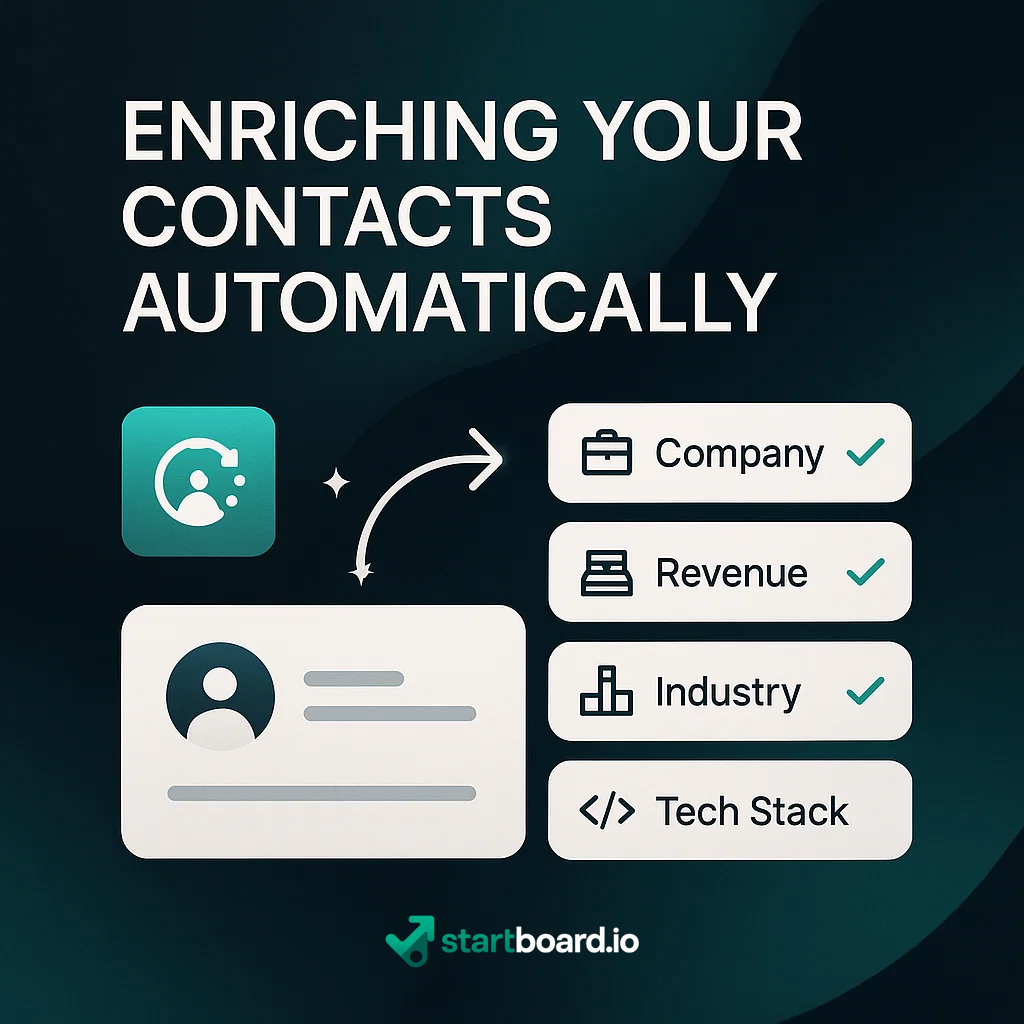
Setting up automated enrichment is simple with modern tools. Connect an enrichment API (like Clearbit or FullContact) to your CRM or marketing platform. Use triggers so that every new lead is instantly enriched as it enters your database—no manual research or spreadsheet merges required.
Once enriched, contacts can be ranked and segmented with lead scoring. Assign higher scores to prospects that match your ideal customer profile, so your team can focus on the leads most likely to convert.
With automated enrichment, every contact becomes a qualified opportunity—ready for smarter, faster outreach.
Best Practices for High-Quality Data
Building a valuable B2B contact base is about more than just quantity—it’s about trust, compliance, and long-term accuracy.
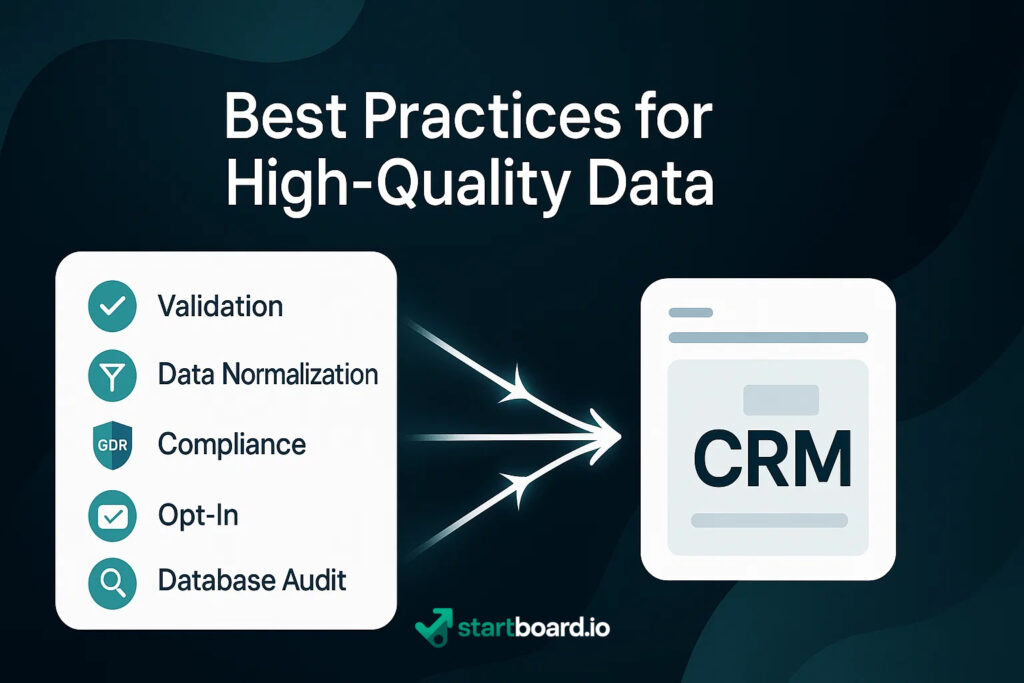
Validate and normalize data on entry
Use validation tools and automated data normalization to ensure every contact follows a standardized format—reducing duplicates and errors from day one.
Use multi-source enrichment
Combine multiple enrichment providers to cross-check details and achieve higher data accuracy. The more sources, the better your insights.
Maintain opt-in and compliance
Implement double opt-in processes and collect explicit consent, keeping your outreach compliant with GDPR, CCPA, and other data privacy regulations.
Regularly audit and clean your database
Schedule frequent database audits to spot outdated info, inactive contacts, and compliance gaps—keeping your B2B data as fresh and actionable as possible.
Measuring Success & Iterating
To get the most from your automated B2B contact collection and enrichment, track the right metrics and constantly refine your process:
- Enrichment rate: Measure what percentage of your contacts have been successfully enriched with firmographic and technographic data.
- Contact coverage: Track how many of your total target companies or personas are present in your database.
- Bounce rate: Monitor email deliverability and remove contacts that bounce or disengage.
- Engagement: Analyze open rates, click-throughs, and response rates to see which leads are most active.
Go further by A/B testing new data sources and enrichment APIs—see which combinations yield the best coverage and quality.
Build a continuous improvement cycle: review metrics monthly, experiment with new integrations, and act on your insights. This ensures your B2B database becomes more valuable, accurate, and actionable with every campaign.
